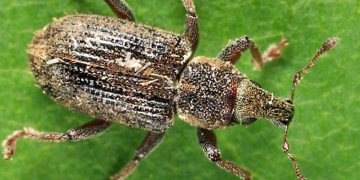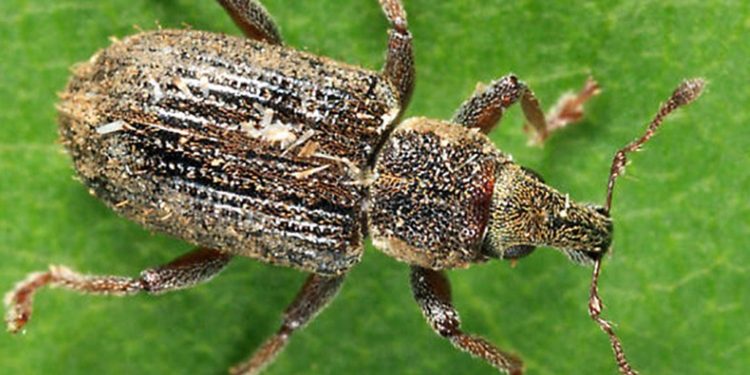#CarrotWeevil #CropPests #Insecticides #PheromoneTraps #CropRotation #Farmers #CarrotCrops #PlantPests #CropDamage #PreventionTechniques
Carrots are a staple in many diets, providing numerous health benefits and essential nutrients. However, a major threat to the carrot industry is the carrot weevil (Listronotus oregonensis), a destructive pest that can cause significant damage to carrot crops. In this article, we will explore the development, life cycle, and consequences of carrot weevils, as well as methods to combat this pest.
Carrot weevils are a type of beetle that is native to North America, primarily found in the western regions. They are known for their distinctive long snouts and reddish-brown bodies, and they typically emerge in late spring to early summer. Female weevils lay their eggs on the carrot plant, and the larvae feed on the roots of the carrot, causing stunted growth and reducing the crop yield.
The consequences of a carrot weevil infestation can be devastating for carrot farmers. The reduced yield and stunted growth of the crop can lead to significant economic losses, and the damage can also make the carrots unsuitable for sale or consumption.
Fortunately, there are several methods to combat carrot weevils. One approach is to use pheromone traps to capture adult weevils before they can lay eggs on the carrot plant. Another method is to use insecticides, although this approach can be harmful to the environment and can have negative effects on other beneficial insects.
Crop rotation can also be an effective way to prevent carrot weevil infestations. By planting different crops in the same field each year, the weevils are less likely to establish a permanent presence in the soil. Additionally, planting carrot varieties that are resistant to weevils can help prevent infestations.
The carrot weevil is a destructive pest that poses a significant threat to carrot crops. However, with proper management and prevention techniques, farmers can reduce the risk of infestations and protect their crops from this damaging pest.































